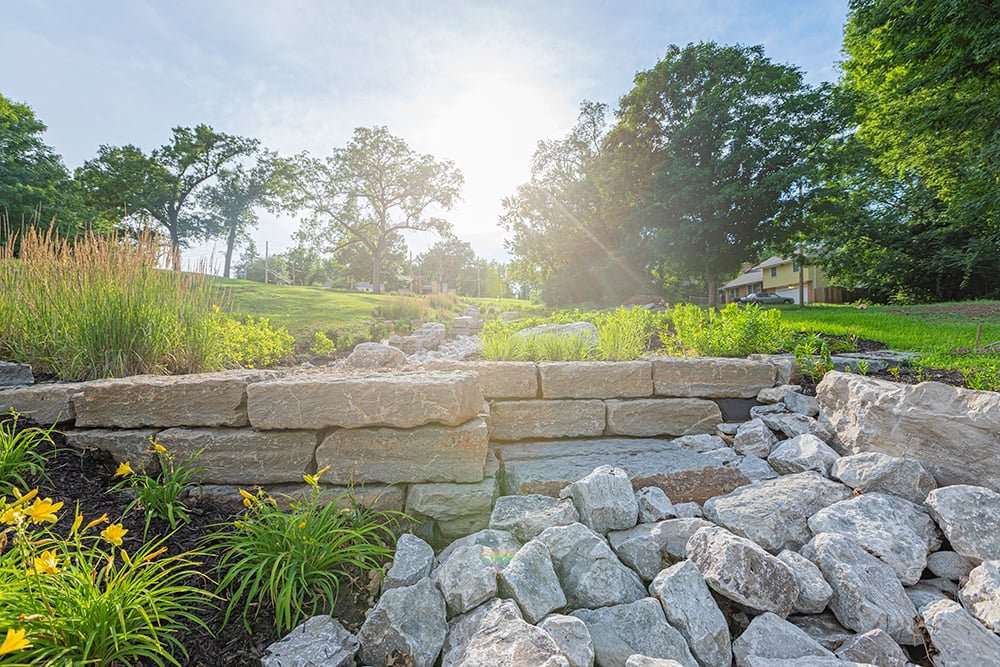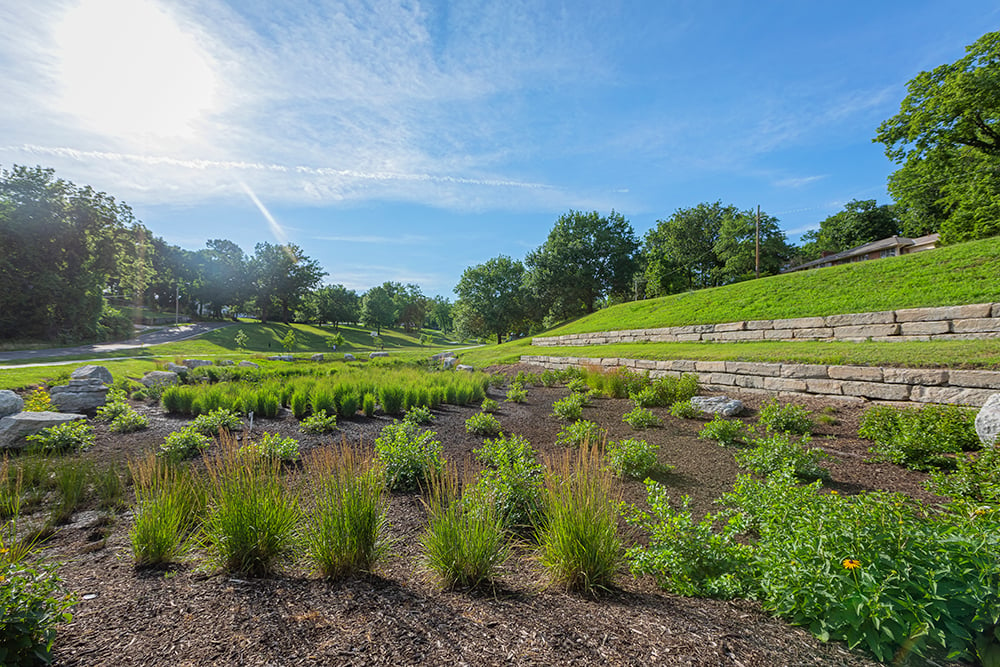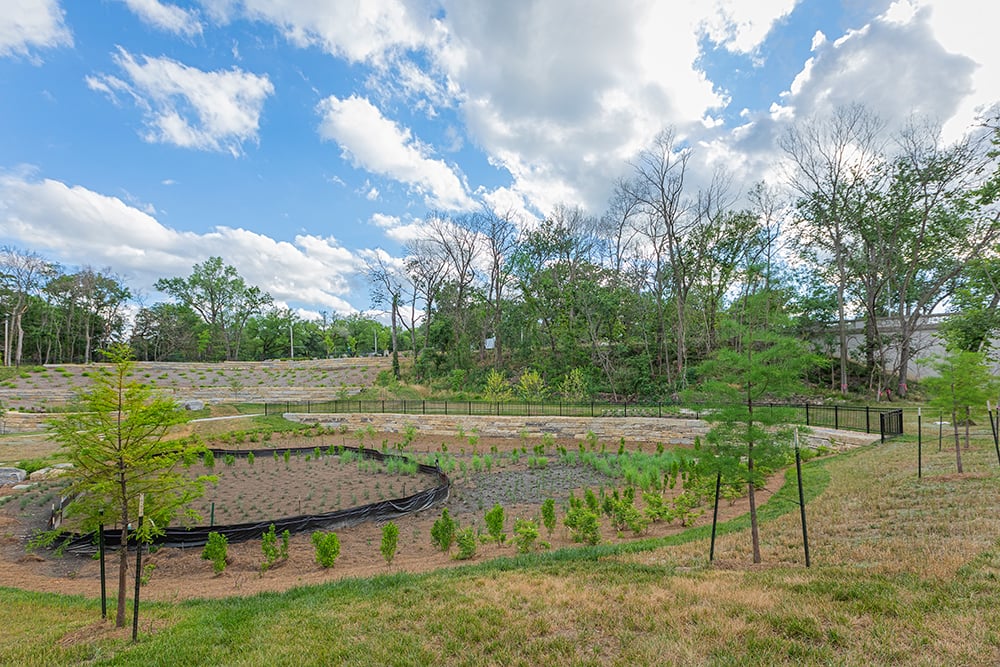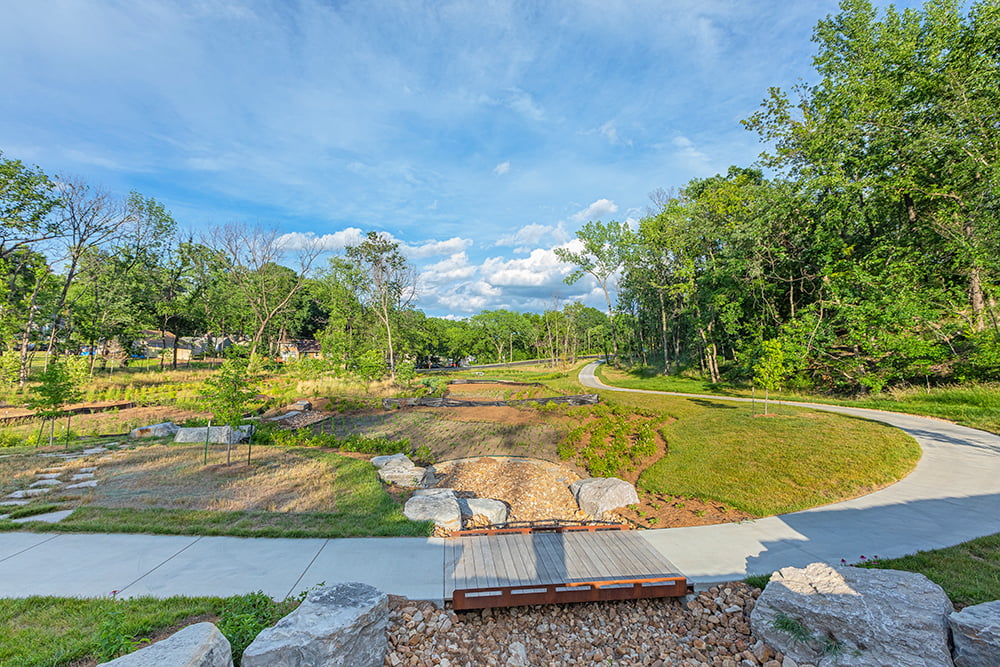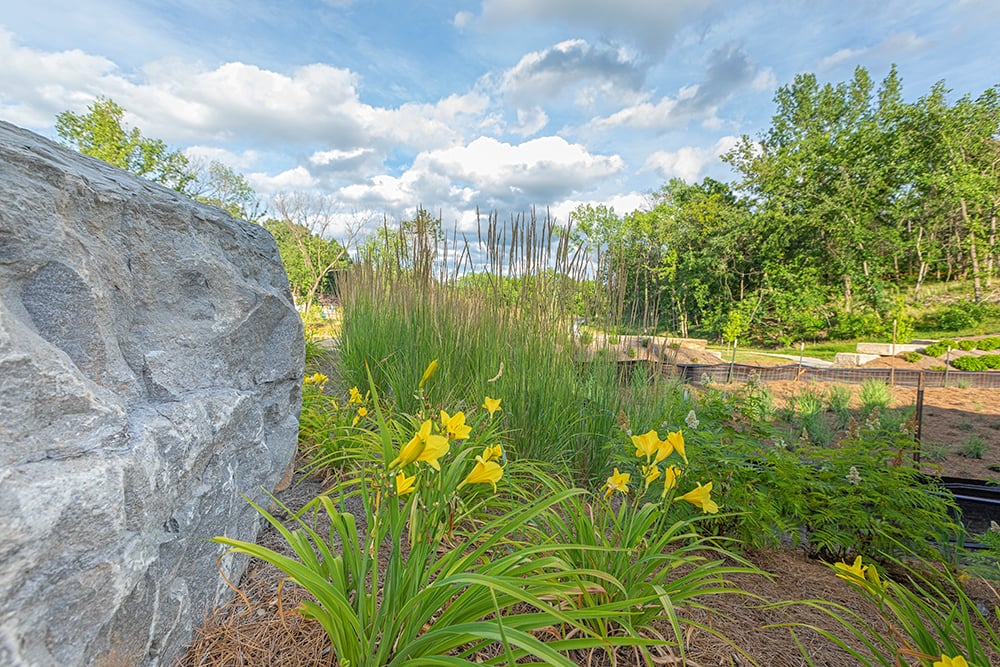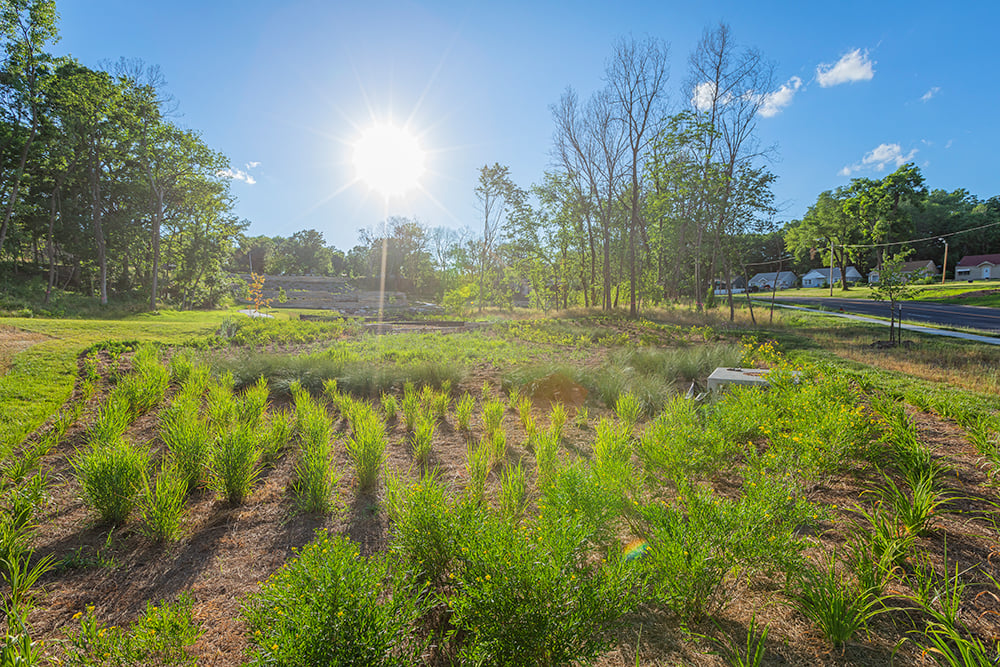THE STORMWATER MANAGEMENT SYSTEM
In older U.S. communities (established pre-1880s), the first underground sewer systems enclosed existing drainage ditches, creeks and streams that had become polluted and were creating a human health risk. Enclosing these polluted drainage paths improved human health but passed the pollution downstream. Later, in the early 20th century, these enclosed piped systems were routed to wastewater treatment plants.
Enclosed systems grew by installing inlets or catch basins in low-lying areas to give rainwater a place to go. These older pipe systems and treatment facilities were not designed for this additional rainwater. Therefore, stormwater runoff quickly can overwhelm a system, which results in a mixture of sanitary flow and rainwater being directly released to creeks or rivers instead of a treatment facility, referred to today as a combined sewer overflow.
Catch basins, grate inlets, and/or drain pipes have been added to the combined sewer system pipes to relieve conditions such as ponding or flooding that are visible at the surface. Despite more stormwater entering the combined system, the pipes remained the same size. This has resulted in combined system overflowing at designated locations along creeks and rivers when the system is overburdened or backing up within the system itself. Sometimes this even results in water in basements of homes and businesses because of an overwhelmed pipe system during a rain event.
In 1994, the U.S. Environmental Protection Agency (EPA) published its Combined Sewer Overflow Policy as a framework and as guidance for reducing and controlling combined sewer overflows. Since that time, federal consent decrees have been issued through the EPA and the Department of Justice to communities across the country, requiring each to reduce combined sewer overflows. Consent decrees outline a schedule and tasks for a community to implement to reduce the volume of combined sewer overflows into local water bodies.



